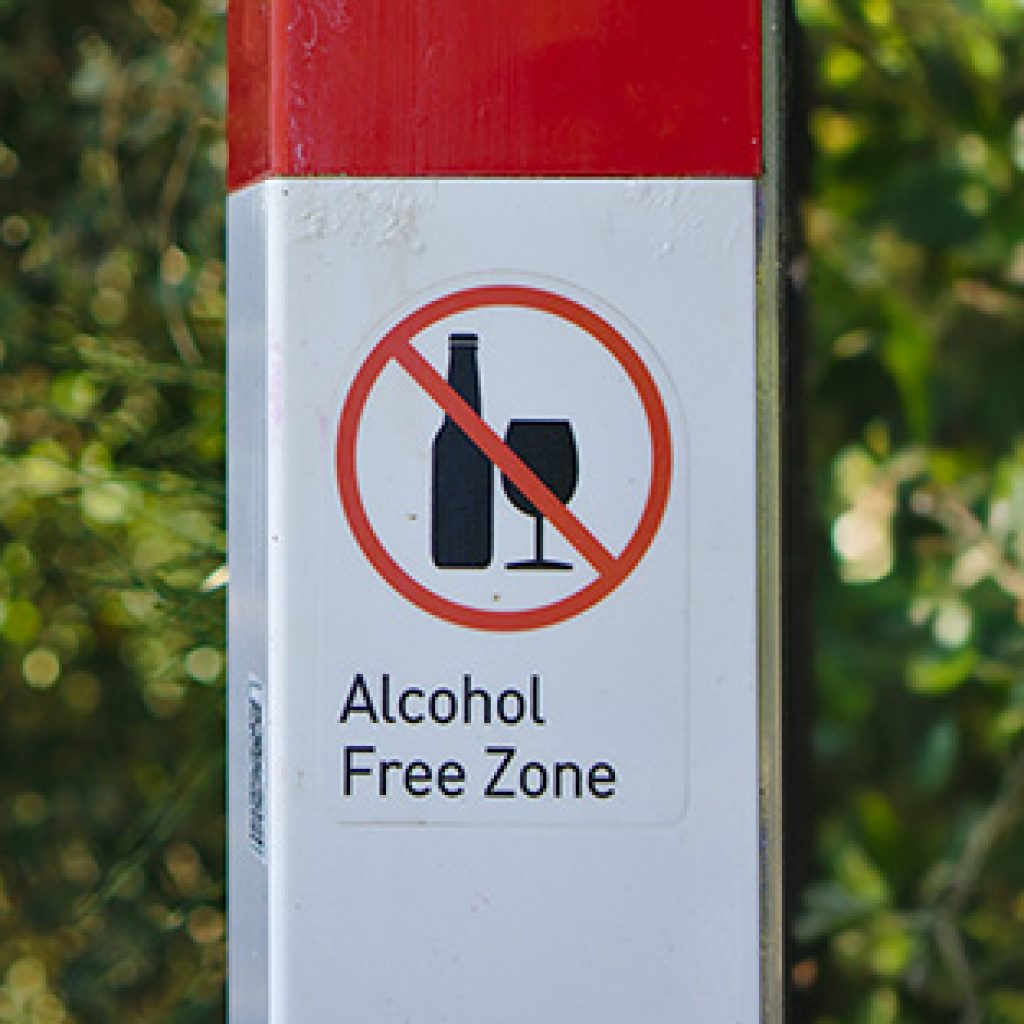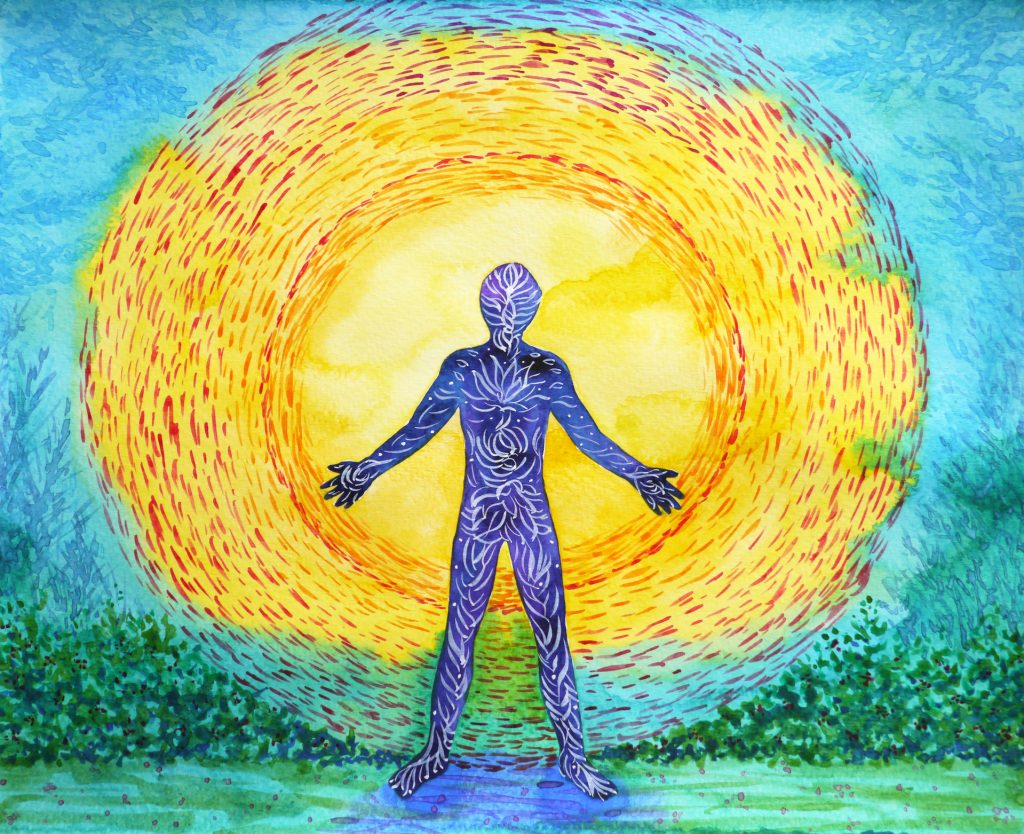Seniors and Suicide: Nevada Programs for Helping Seniors to Stay Healthy
Seniors and Suicide: Nevada Programs for Helping Seniors to Stay Healthy
National Suicide Data
The Administration for Community Living (ACL), in promoting National Older Adult Mental Health Awareness Day 2020, stated “Suicide, depression, anxiety, and problems with alcohol and medications are issues that older adults face. The U.S. Census Bureau indicates that by 2030, there will be nearly 75 million Americans over age 65. A 2012 study from the Institute of Medicine found that nearly 1 in 5 older Americans has one or more mental health/substance use conditions. According to 2018 data from the Center for Disease Control and Prevention and reported by the American Foundation for Suicide Prevention, adults in the 75-84 and 85+ age groups are among those with the highest rates of suicide.” According to the American Association of Suicidology, the most recent data are for 2018, and show that:
- On average, 1 person every 10.9 minutes killed themselves—1 male every 13.9 minutes, 1 female every 49.7 minutes;
- An average of 1 older adult every 57.8 minutes killed themselves, and an average of 1 middle aged adult every 31.1 minutes killed themselves;
- An average of 1 young person every 1 hour and 24.6 minutes killed themselves. (If the 605 suicides below age 15 are included, 1 young person every 1 hour and 17 minutes);
- Suicide is the 10th ranking cause of death in U.S. – the 2nd for young people;
- There are 3.6 male deaths by suicide for each female death by suicide;
- Suicide ranks 10th as a cause of death; Homicide ranks 16th;
- Nonfatal Outcomes (suicide attempt survivors – figures are estimates):
- Estimates are that there are 1,208,600 annual attempts in U.S. (using 25:1 ratio); a 2018 SAMHSA study estimated that 1.4 million adults (18 and up) attempted suicide.
- This translates to one attempt every 23-26 seconds (estimates vary)
- In the U.S., each suicide death is preceded by approximately 25 attempts for every death by suicide for nation; for those ages 15-19 years there are approximately 100-200 attempts for each death from suicide; for older adults there are an estimated 4 attempts for each death by suicide.
Across the U.S., the suicide rate increased 35% from 1999 to 2018. Increases occurred in every state except Nevada. The costs of suicide is estimated to be about $70 billion dollars, including lifetime medical fees and lost wages (CDC Wonder Database, accessed 2020; America’s Health Rankings, accessed 2020).
Nevada Suicide Data
According to Facts About Suicide, “Nevada is the only state to reduce its suicide rate between 1999 and 2016:
- Nevada has the 11th highest rate of suicide in the United States, nearly double the national rate. This is the 2nd year in history we were not ranked in the top 10.
- Suicide is the 10th leading cause of death in the United States but is the 8th leading cause of death for Nevadans.
- Suicide is the 1st leading cause of death for Nevadans ages 10-14 & 2nd leading cause of death for ages 15-35.
- For every teen that dies by suicide, it is estimated that 100-200 teens have attempted. One of the biggest risk factors for completed suicide is a previous attempt.
- Nevada has the 2nd highest elder suicide rate in the country.
- Suicide is the 3rd leading cause of death for Nevadan’s Native American males.
- More people die from suicide than homicide and Motor Vehicle Accident Deaths combined in Nevada.
- Veterans comprise an estimated 20% of Nevadan’s suicides” (Facts About Suicide, retrieved 2020).
According to Misty Vaughan Allen, the Suicide Prevention Coordinator with the Nevada Office of Suicide Prevention, during an interview with Newsweek, Nevada is working hard to maintain those gains “I think remaining steady is something to be recognized, but we can’t celebrate that,” said Allen. “grass roots work helps us remain steady; we and our communities are working very hard for prevention” (Newsweek, June 18, 2018).
Elders and Suicide
As previously stated, an average of 1 older adult every 57.8 minutes killed themselves, and an average of 1 middle aged adult every 31.1 minutes killed themselves; for older adults there are an estimated 4 attempts for each death by suicide; and Nevada has the 2nd highest elder suicide rate in the country. Suicide rates are especially high among older men, and men aged 85 and older have the highest suicide rates in the nation (CDC 2018). Moreover, older adults die by suicide for three reasons: they plan more carefully than other age groups and use more deadly methods; they are not as likely to be found and rescued; and they are physically more frail and therefore less likely to recover from a suicide attempt (Suicide Prevention Resource Center, retrieved 2020).
More senior members of the population have risk and protective factors for suicide. Some of the risk factors that are unique to older adults are related to reaching a stage of life where their physical life functions, social lives and roles in their families and the community are changing. They may be more isolated, less physically able, experience losses of loved ones and friends, and losses of mobility. Some of the risk factors related to these changes are:
- Undiagnosed mental health conditions such as depression
- Physical Illness
- Perceived poor health
- Brain injuries or disorders
- Prolonged exposure to stress
- Chronic pain
- Life and role transitions
- Access to lethal means
- History of abuse or neglect
- A family history of suicide
- Previous suicide attempts
Some additional contributing factors to the high suicide rate in Nevada and among older adults in Nevada may be related to rural location, gun ownership, lack of social support, social isolation, alcohol and drug use, and the gaming lifestyle, particularly quick money losses and problem gambling (Lawrence & Pace, 2017).
What Nevada is Doing
Nevada has been working to build a Comprehensive Suicide Prevention Program since at least 1999, when the Nevada Legislature acknowledged the issue of suicide in Nevada and made prevention and access to mental health services for at risk individuals a priority through Senate Concurrent Resolution SCR11. In March 2005, ongoing efforts of lawmakers and others in Nevada culminated in the establishment of the Nevada coalition for Suicide on March 1, 2005. The primary goal of the Nevada Coalition for Suicide Prevention is “to fully support the State Suicide Prevention Coordinator and to serve as a collaborative resource for statewide suicide prevention programs and services.”
During a recent interview with CASAT OnDemand staff, Ms. Vaughan Allen, the Suicide Prevention Coordinator with the Nevada Office of Suicide Prevention, related that she is currently exploring avenues to support implementation of Crisis Now and the Zero Suicide Initiative in communities across Nevada. “I also work closely with diverse entities, communities and schools to develop comprehensive strategies to address suicide. As the Suicide Prevention Coordinator, I facilitate the development of Nevada’s Suicide Prevention plan consistent with the National Strategy for Suicide Prevention. Improving connectedness among individuals and across systems increases the possibility of help and therefore hope, especially for our elders who might be more isolated than others.” Some of the most recent programs include ZERO Suicide.
Cherylyn Rahr-Wood is the Zero Suicide Project Coordinator for the Office of Suicide Prevention (OSP) and the Center for the Application of Substance Abuse Technologies (CASAT). During an interview with CASAT OnDemand staff, Ms. Rahr-Wood described the Zero Suicide framework as “a system-wide, organizational commitment to safer suicide care in health and behavioral health care systems. The framework is based on the realization that suicidal individuals often fall through the cracks in a sometimes fragmented and distracted health care system. A systematic approach to quality improvement in these settings is both available and necessary. The ZERO Suicide website explains the tool kit to implement Zero Suicide into your health system. The ZS initiative is a continuous aspirational quality improvement framework for transforming suicide prevention in health and behavioral health care systems.”
Ms. Rahr-Wood highlighted another important resource in Nevada, Nevada’s Intervention Connection, an online training portal for all caregivers, whether trained professional or through their own life experiences. She explained that “This site helps you stay current and enhance your skills to be more capable, confident, and comfortable in Mental Health First Aid and suicide prevention. The NV Intervention Connection (NIC) is brought to you through a partnership between the Nevada State Office of Suicide Prevention, Nevada Department of Education, Nevada Coalition for Suicide Prevention, and community coalitions across the state.”
Sterling Silver Club – “There’s no one quite like you. And no life quite like yours. Join Renown Health’s new Sterling Silver Club and discover how we’re helping people 55 and over live healthy, happy lives every day. Membership is free – and the benefits are amazing. Just like you.”
HELLO Project – New Bi-Weekly Call-In Show Designed to Help Aging Adults Weather the COVID-19 Storm — When The HELLO Project received a BUILD Health Challenge grant back in November to address social isolation and loneliness amongst elderly adults in Reno, they had no idea how timely and relevant the program would be. Rising to the challenge, The HELLO Project has fast-tracked programs to engage and enrich the lives of older adults sheltering in place. It Starts with Hello, The Hello Project’s bi-weekly virtual community gathering place, takes place Tuesdays and Thursdays at noon, and people can attend by calling in or joining on their computer via Zoom (See viewing information here). Each show will feature a timely topic, factual information, a chance to chat with others in the community, and ends with some good news (The Daily Dandelion, Retrieved June 2020). Ms. Rahr-Wood states that the Office of Suicide Prevention “is teaming up with the Hello Project in working with our seniors and recognizing the signs of suicide risk, such as loneliness, lack of connection, mental health issues, substance use issues and more.”
The Warmline is a stigma-free, non-crisis, phone service you can call or text at 775-241-4212 to speak one-on-one with a NAMI WNV CARES operator. The Warmline is staffed by trained peers in recovery, who provide support to peers by telephone.
Mental Health First Aid is a groundbreaking public education program that helps the public identify, understand, and respond to signs of mental illnesses and substance use disorders. Mental Health First Aid USA is managed, operated, and disseminated by three national authorities — the National Council for Community Behavioral Healthcare, the Maryland Department of Health and Mental Hygiene, and the Missouri Department of Mental Health.
Nevada CAN: Nevada COVID-19 Aging Network is a collaborative network of service organizations ensuring Nevadans who are at high risk are kept safe from exposure to the COVID-19 virus. The goal of the Rapid Response effort is to ensure they are well-supplied with daily essentials such as food and medication, have access to medical and social services, and remain free from isolation is our top priority. Select the category below for providers to meet your need. Misty Vaughan Allen provided some insight into how this works. “Research shows at least 45% of those that died by suicide saw their primary care physician within a month of their death. Our current initiatives are designed to increase awareness of and training in the recognition and prevention of suicide. If healthcare providers are more aware of what to look for and how to connect people with thoughts of suicide to resources for help, lives will be saved. This is even more impactful when stigma might be a barrier to reaching out to mental health or behavioral healthcare.” According to Teresa M. Sacks, M.P.H., a certified gerontologist, “the research also supported the use of two key screening questions during elder patient office visits that would potentially identify and refer elders to a mental health professional: 1) Over the past two weeks, have you felt down, depressed, or hopeless? 2) Over the past two weeks, have you felt little interest or pleasure in doing things?” This and other research is providing the basis for programs to help primary care and other health and behavioral health providers to reduce the risk of suicide among older adults in Nevada.
How Behavioral Health Providers, Friends and Families Can Help Prevention Suicide in Older Adults
So how can we all -behavioral health providers, friends, and families – help in Nevada’s suicide prevention efforts for our elders and older adults? Misty Vaughan Allen suggests “I feel behavioral health providers can help reduce stigma by educating their clients that depression is not a typical part of aging and help is available. Just letting someone struggling with depression or anxiety know that there are options to help that might make a huge difference. It could be lifestyle changes, counseling, medications or connections to support, possibly all of the above.” This can also mean reaching out to families, friends and others. Ms. Vaughan Allen state that “If a provider has the opportunity to communicate with family or other members of the support system, the provider could offer ideas for support, tools to check in and resources if a crisis arises. Communicating that the family isn’t alone in keeping their loved one safe can help that support system feel more empowered to build that safety around their loved one.” While often providers and family members think of “reaching out” says Cherylyn Rahr-Wood, get into the habit of thinking of it as “reaching in.” This can include setting up support systems ahead of time so that they are already in place when a crisis occurs. Providers – and family- can help set up such a support system during opportune times such as when setting up a Do Not Resuscitate (DNR) directive or living will. Ms. Vaughan Allen suggests that this oportunity might be enhanced by a “psychiatric advance directive,” encouraging older adults to write down information that will help providers to tap into their support system when needed. If an older adult can think “If I have a mental or behavioral health crisis and am not able to communicate, this is who my support system is…” and provide that information as part of a safety discussion, then the support system can be in place during at-risk times for suicide such as immediately after release from an emergency room, shelter, or other facility.
Some additional suggestions from the Suicide Prevention Resource Center for those who are supporting or providing services for elders or older adults include:
- Identify and Assist Persons at Risk – Learn the warning signs for depression and suicide and understand that it is important to “reach in” as Ms. Rahr-Wood suggests, because many older adults don’t seek help or support when it is needed.
- Increase Help-Seeking – Teach people to recognize when they need support and help them to find it.
- Ensure Access to Effective Mental Health and Suicide Care and Treatment – timely access to evidence-based treatment, suicide prevention interventions, and coordinated systems of care is imperative.
- Become Familiar with Available Programs – such as NAMI’s Warm Line, the Hello Project, and Nevada CAN, and have those resources available to share.
- Support Safe Care Transitions and Create Organizational Linkages – reduce suicide risk by facilitating uninterrupted transition of care and information exchange with both care and support systems.
- Respond Effectively to Individuals in Crisis – Become knowledgeable about the full continuum of care to address suicide at all levels of intervention.
- Provide for Immediate and Long-Term Postvention – Follow-up and support for both the long and short term are necessary, and that includes supports for people bereaved by suicide.
- Reduce Access to Means of Suicide – educating the families of those in crisis about safely storing medications and firearms, distributing gun safety locks, changing medication packaging, and installing barriers on bridges reduce access to lethal means and are an important part of suicide prevention.
- Enhance Life Skills and Resilience – help people to develop life skills, because critical thinking, stress management, and coping are some of the ways to prepare them for the challenges of life that positively impact suicide risk.
- Promote Social Connectedness and Support – enhance connectedness through social programs for older adults through other activities that reduce isolation, promote a sense of belonging, and foster emotionally supportive relationships.
To sum it up in the words of Misty Vaughan Allen, “Suicide is often more about the challenges and stressors around living, not necessarily the desire to die. If we can help the person find out what is leading to their thoughts of suicide, we can help them get relief from that loss, pain, overwhelm or sense of burdensomeness. If we can intervene on that feeling of isolation or aloneness…that they are valued, we help plant a seed of hope and more of a willingness to keep safe.”
Related CASAT OnDemand Blog Post Articles:
- Suicide Update for September 2019
- What Behavioral Health Providers In Nevada Need To Know About Veterans And Suicide
- Zero Suicide – Can we get there?
- Suicide and The Crisis Text Line
- Suicide in Nevada: Are We Making Progress?
- Suicide Contagion: Unintended Consequences of Celebrity Suicide
- Older Adults And Substance Use Disorder: How Can Family, Friends And Providers Help?
- Aging, Alzheimer’s, and Alcohol: Closing in on the Truth About How Alcohol and Other Drugs Impact Brain Health
- Wellness Across the Lifespan
Suicide and Other Resources for Older Adults and Their Caregivers
Suicide Prevention Resource Center – Older Adults and Suicide
Suicide Prevention Resource Center – Behavioral Health Care
Centers for Disease Control and Prevention (CDC)
Nevada Coalition for Suicide Prevention
National Suicide Prevention Lifeline
The National Suicide Prevention Lifeline and Nevada
Department of Health & Human Services Aging and Disability Services Division Programs for Seniors
Reno Area Senior Services, Resources & Programs
Suicide Prevention Resource Center – Nevada Site
Nevada’s Division of Public and Behavioral Health Office of Suicide Prevention
Nevada Division of Public and Behavioral Health (DPBH) Office of Suicide Prevention – Reports/Fact Sheets
Crisis Support Services of Nevada
What resources did we miss? Help us out by sharing your suggestions in the comments below.
References
Centers for Disease Control and Prevention. (2014). Fatal injury reports, national and regional, 1999–2014. Retrieved from http://webappa.cdc.gov/sasweb/ncipc/mortrate10_us.html
Lawrence, E. M., & Pace, A. (2017). Prevalence and patterns of injury-related mortality in Nevada UNLV: Center for Democratic Culture Publications.
Wray, Matt, Poladko, Tatiana, and Vaughan Allen, Misty. 2011. “Suicide Trends in Nevada, 1999-‐2009.” In The Social Health of Nevada: Leading Indicators and Quality of Life in the Silver State, edited by Dmitri N. Shalin. Las Vegas, NV: UNLV Center for Democratic Culture. http://cdclv.unlv.edu/mission/index.html
America’s Health Rankings analysis of CDC WONDER Online Database, Underlying Cause of Death, Multiple Cause of Death files, United Health Foundation, AmericasHealthRankings.org, Accessed 2020.
Blog Post Tags:
Related Blog Posts
Related Learning Labs
Related Resources
.
- Buscar Tratamiento de Calidad para Trastornos de uso de Sustancia (Finding Quality Treatment for Substance Use Disorders Spanish Version)
- Finding Quality Treatment for Substance Use Disorders
- Focus On Prevention: Strategies and Programs to Prevent Substance Use
- Monthly Variation in Substance Use Initiation Among Full-Time College Students
- The National Survey on Drug Use and Health (NSDUH) Report: Monthly Variation in Substance Use Initiation Among Adolescents








